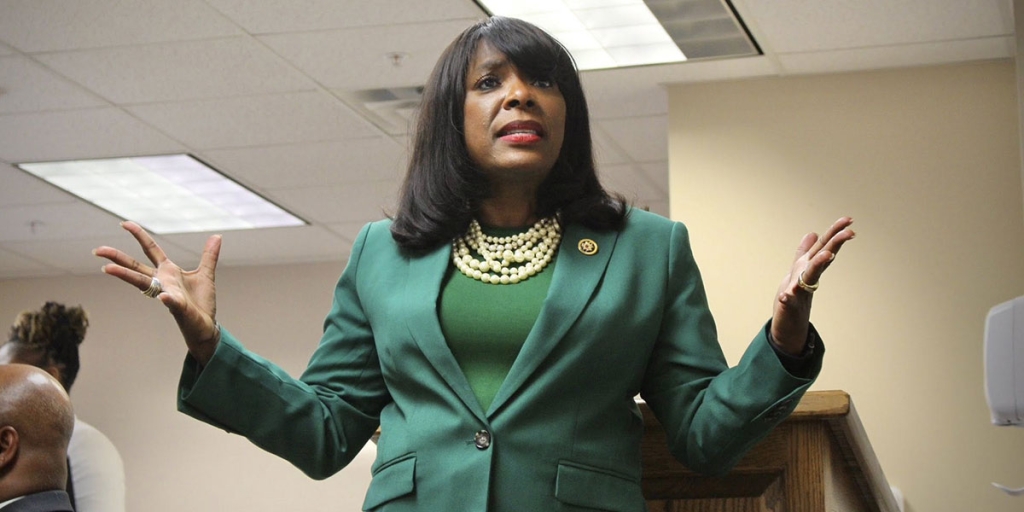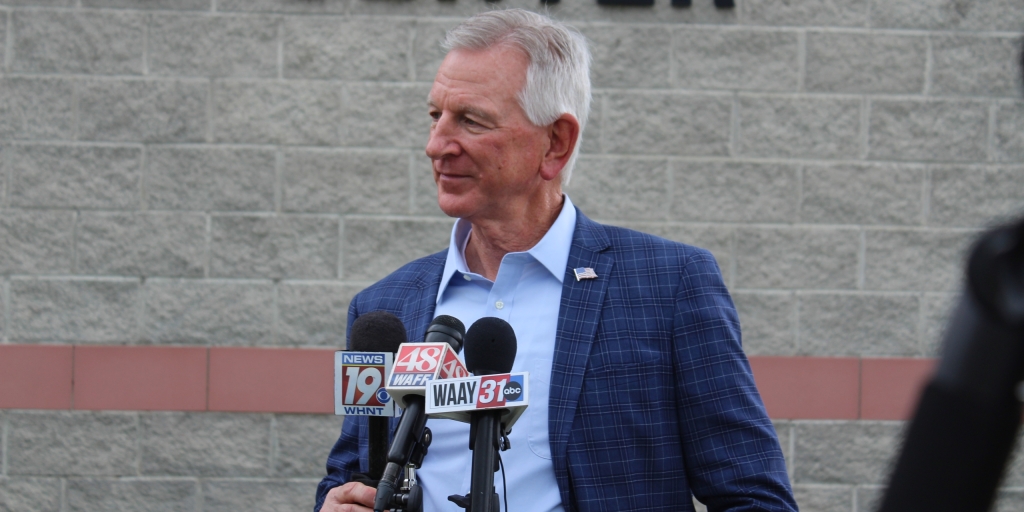
Alabamians’ ObamaCare deductibles are expected to rise by an average of $158 in 2016. Coming on the heals of an expected 28% premium increase, Yellowhammer State residents are once again experiencing ObamaCare’s trend of offering less coverage at higher costs.
And they are not alone.
ObamaCare deductibles are rising in the overwhelming majority of states this year, according to an analysis by Freedom Partners, an organization whose stated purpose is to promote “the benefits of free markets and a free society.”
Here’s what they are seeing take place nationally:
After enduring double-digit premium increases and cancelled plans under the Affordable Care Act, surging out of pocket costs—specifically deductibles—are making it difficult for Americans across the country to access the health care plans they were mandated to purchase.
This year, Americans in 41 states face higher health care deductibles under the Affordable Care Act. Seventeen of those states are experiencing deductible increases in the double digits.
In many states consumers face deductibles of $3,000 or more.
“Higher ObamaCare deductibles increase, by hundreds of dollars, what families must pay out of pocket to access their health insurance,” said Nathan Nascimento, senior policy adviser at Freedom Partners. “Instead of reducing costs, ObamaCare regulations and mandates continue to drive up these costs and make quality care less accessible for hardworking families.”
In Alabama, individuals on ObamaCare’s Bronze plan will see their deductible spike by an average of $835. Silver plan deductibles are expected to rise by $116. Only ObamaCare’s Gold plan is expected to experience a reduction in its deductible this year, by an average of $86. Overall, Alabamians’ ObamaCare deductibles will go up by an average of $158.
This news is coupled with ObamaCare’s increasing premiums. According to a separate study released by Freedom Partners late last year, Alabamians can expect their insurance premiums to increase by as much as 28 percent in 2016.
“In most states, health insurance premiums on the individual marketplace are rising by double digits under ObamaCare,” Freedom Partners explained in a release. “Seventeen states will face average premium increases of 20 percent or more. Iowans, for instance, will see their premiums spike by 22 percent this year. In Minnesota, Alaska, Tennessee, and Hawaii, rates will rise by 30 percent or more.”
This will not be the first time Alabamians have experienced a significant premium spike under ObamaCare.
In 2014, the Heritage Foundation found that premiums for young Alabamians had increased by an average of 31 percent. Incredibly, Heritage also found that to be a “good deal” compared to many other states around the country. Many states have experienced 70 percent, 80 percent, even 100 percent hikes. Alabama’s neighbor to the east, Georgia, has seen their premiums jump by an astounding 168 percent for 27-year-olds under the president’s healthcare law.
ObamaCare insurance exchange rates increased overall in 97 percent of Alabama counties in 2014.
The cost increases have hit Alabama teachers especially hard.
Beginning October 1st of last year, copays for some specialists increased $5, education employees who smoke saw their tobacco use surcharge nearly double from $28 a month to $50, and fees for spouses began increasing by $25 a year before capping in 2018 at $75.
“The bottom line is that health insurance costs are skyrocketing everywhere,” said Retirement Systems of Alabama Deputy Director Don Yancey. “It’s not just in Alabama. Other states are faced with this same problem… I don’t think anyone would try and sit there with a straight face and tell you that health insurance is cheaper than it was eight years ago.”
ObamaCare has also been blamed with causing a substitute teacher shortage, due to its requirement to provide health insurance for any employee working more than 30 hours a week.
Because the school system cannot afford to pay the estimated $10,000 per substitute per year cost of providing health insurance to any sub working more than 30 hours a week, classes often have to double up, or full-time teachers must take turns popping in during their planning periods to create a patchwork cover for the children whose teacher is out.












